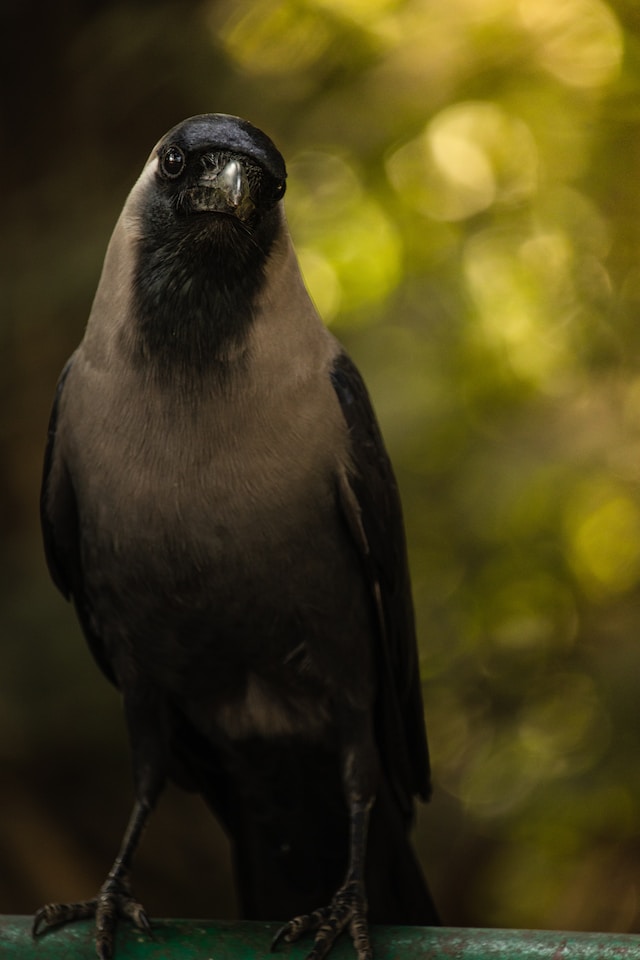Indian Crow (House Crow) | Facts, Size, Diet & Breeding
The Indian crow, also known as the house crow (Corvus splendens), is a common and widespread bird found throughout India. Indian crows are native to the Indian subcontinent, but are also found in neighboring areas, including the Middle East and parts of Southeast Asia. They have adapted well to urban and suburban environments and are often seen in cities and towns. It is a member of the crow family (Corvidae) and is known for its adaptability and intelligence. Its speed is 50 kilometers per hour and its lifespan is 5 to 7 years. Indian crows are social birds and often live in large groups. They are known for forming close family units and displaying cooperative behavior when exploring and defending their territory. Indian crows are not considered threatened, and their adaptability to urban environments has ensured their survival in a changing landscape.
Size and Appearance
Indian crows are medium-sized birds with predominantly black feathers and brown body colour. Its size ranges from 10 to 16 inches. They have a strong, slightly curved beak and legs which are black in colour. They weigh between 250 and 350 grams. They have a distinct call, often described as a harsh “caw-caw”.
Diet
The Indian crow is omnivorous. They are opportunistic feeders and will eat a wide variety of items including insects, small vertebrates, fruits, food scraps and even human leftovers. They also eat dead bodies. Most of their food is taken from the ground but when they get the opportunity, they also take it from trees.
Breeding
Breeding usually occurs during the monsoon season. The nest is usually a cup-shaped structure built in trees, buildings or other suitable locations. The Indian crow lays 3 to 4 eggs at a time. Both the male and female contribute to the construction of the nest and the care of the young. They make nests on trees with their beaks.









